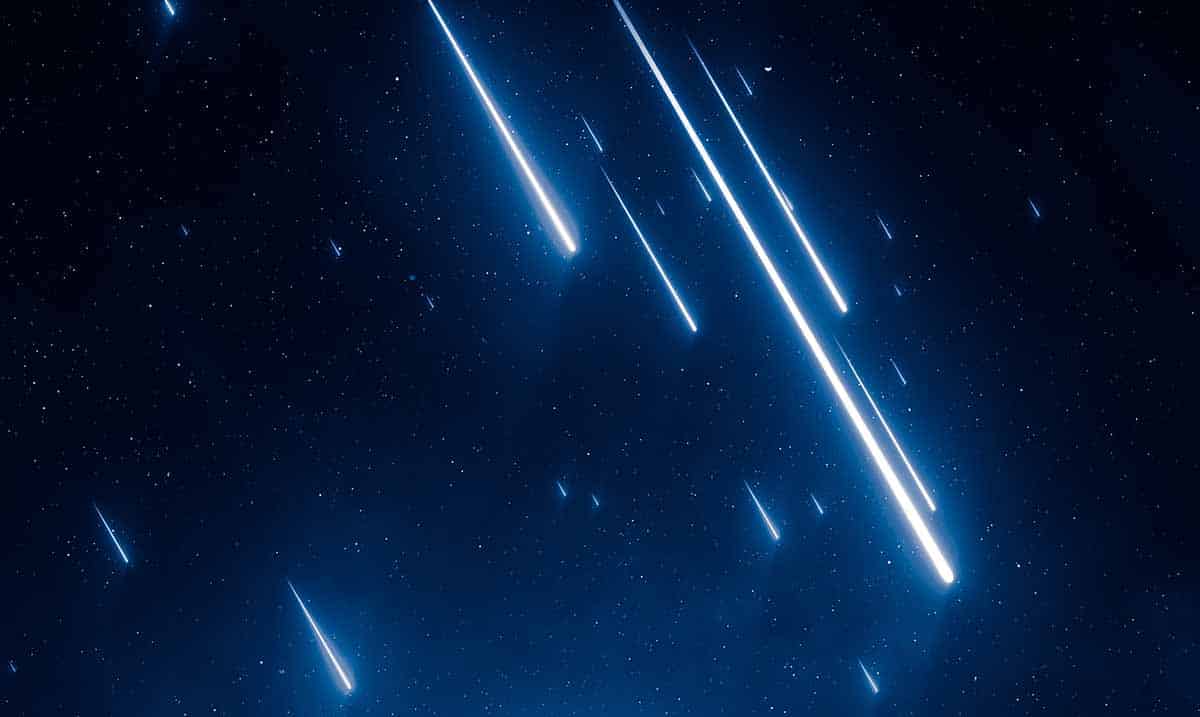A dazzling celestial event awaits skywatchers in April 2023 – the Lyrid meteor shower. Known for producing bright, fast-moving meteors, the Lyrids are an annual delight for both casual observers and seasoned astronomers. This article will discuss the Lyrid meteor shower, its peak viewing times, and tips for enjoying the best possible stargazing experience.
The Lyrid Meteor Shower: The Lyrid meteor shower is an annual event that occurs when Earth passes through the debris trail left behind by Comet C/1861 G1 Thatcher. As the debris particles collide with Earth’s atmosphere, they burn up and create stunning streaks of light known as meteors. The Lyrids have been observed for over 2,500 years, making them one of the oldest known meteor showers.
Peak Viewing Times and What to Expect: In 2023, the Lyrid meteor shower is expected to peak on the night of April 22 and the early morning hours of April 23. At its peak, observers can expect to see between 10 and 20 meteors per hour, although occasional outbursts with higher meteor rates have been recorded in the past. The Lyrids are known for their bright and fast-moving meteors, with some leaving persistent trails or producing fireball events.
Tips for Enjoying the Lyrid Meteor Shower:
- Find a dark location: To maximize your chances of seeing the Lyrid meteors, it’s essential to find a dark location away from city lights and light pollution. Rural areas, parks, or designated dark sky sites are ideal for stargazing.
- Give your eyes time to adjust: It takes approximately 20 to 30 minutes for your eyes to adapt to the darkness, enabling you to see fainter meteors. Avoid using bright lights or looking at your phone during this time, as it will hinder your night vision.
- Dress appropriately: Depending on your location and the time of year, nighttime temperatures can be chilly. Dress warmly and bring blankets or chairs to ensure a comfortable stargazing experience.
- Be patient: Meteor showers can be unpredictable, and the number of meteors you see may vary throughout the night. Give yourself at least an hour of observation time to increase your chances of witnessing the celestial spectacle.
- No special equipment needed: The Lyrid meteor shower can be enjoyed with the naked eye – no telescopes or binoculars are necessary. Simply lie back, gaze up at the sky, and enjoy the show.
The Lyrid meteor shower of April 2023 offers a spectacular celestial display for skywatchers around the world. By following the tips provided, you can maximize your chances of enjoying a memorable stargazing experience. As you watch the bright meteors streak across the sky, take a moment to appreciate the beauty and wonder of the universe that surrounds us.

